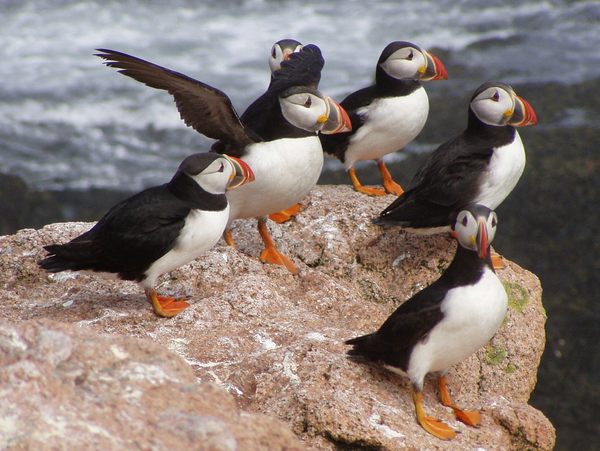In the early 1900s, the Gulf of Maine was a thriving nesting ground for puffins and other seabirds. But, due to overhunting–the unique birds were attractive for their meat and feathers–their numbers significantly decreased, becoming virtually non-existent on many of the islands in the following decades.
Steve Kress, a graduate student at Cornell University–home to one of the foremost ornithology programs–began digging into the issue in 1971, and, two years later, founded Project Puffin. Today, the program is led by the Audubon Seabird Institute with the goal of supporting the resurgence of puffins on their historic nesting islands off the coast of Maine.
At the Project Puffin Visitors Center in Rockland, Maine, learn about the state’s distinctive seabirds through a documentary and a series of hands-on exhibits. Peek inside a puffin “burrow,” a shallow nesting hole that the birds dig using their bill and feet, and a replica “hide,” which conservationists use to monitor and observe wildlife behavior.
Through a weekly series of workshops and events, the center’s staff and special guests work to educate the public about the intersection of art and science, and how technology is advancing the work of conservationists. Other programs geared at the youth, focus on important topics like light pollution and the importance of protecting the night sky for bird migration.
An onsite art gallery, with works depicting seabirds, and a gift shop full of nature books, clothes, and puffin carvings, are also worth a look.

